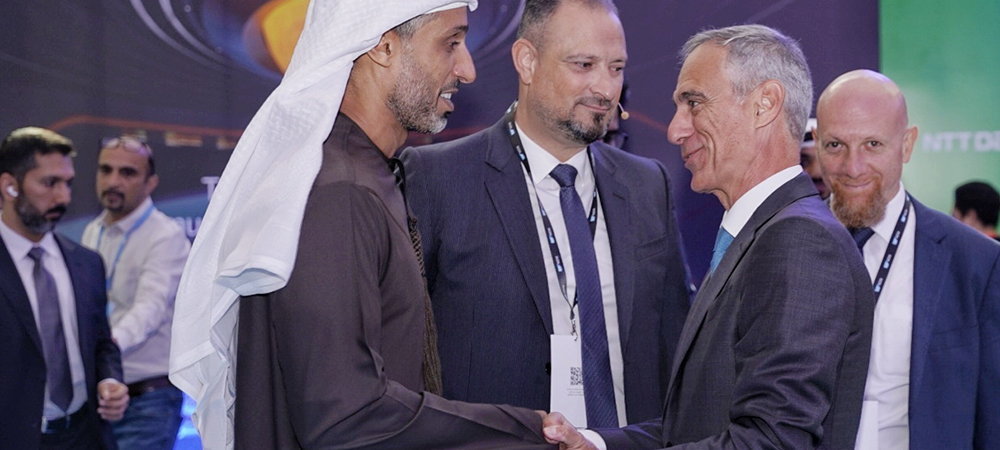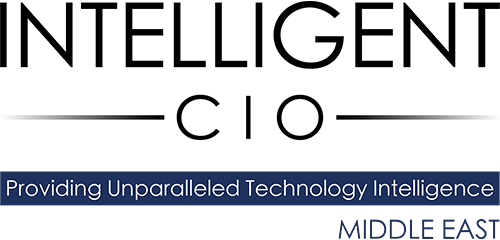The Museum of the Future’s newest showcase, the OSS Hope Simulator from SAP, was unveiled, providing an immersive experience where visitors can see how today’s technologies could be leveraged to sustain a future space station. The launch was part of the SAP NOW event held at the museum, which explored the future of innovation, sustainability and digital transformation.
The new exhibit is the result of a strategic partnership announced between the Museum of the Future and SAP in the past year. This was one of a series of partnership agreements the museum established in order to be a key laboratory for entities from all around the world and to be able to generate futuristic and innovative technological solutions that address humanity’s greatest challenges.
The OSS Hope Simulator from SAP is situated on the Tomorrow Today floor of the museum, a dedicated space featuring near-future technologies that have the power to transform and change the way we live. The simulator presents visitors with various scenarios that will have an impact on the Orbital Space Station Hope, a space structure redirecting solar energy to power earth by 2071, as conceptualised by the museum.
The space station is constantly working towards maximising its resources and, therefore, it is crucial to sustainably balance energy, materials, and opportunities for all the inhabitants, and for the station itself. Guided by an AI assistant, visitors playing on one of the three available gaming stations encounter challenges that use existing SAP technologies and solutions to reduce emissions, waste, and inequalities to zero and thereby make OSS Hope an even more sustainable vision.
The Museum of the Future is the first museum of its kind. Built to transform the very perception of the future as we know it, the unique structure has become home to several immersive future environments that aim to position visitors in an empowering version of the future. Through distinctive themes, it elicits a world we thought we could only experience 50 years from now.
Visitors become active participants in an expansive experience that taps into all five senses. By meaningfully merging aspects of science, technology and spirituality, the Museum inspires humanity to re-imagine the future and all its possibilities.
One of the most complex and ambitious projects ever executed, with an instantly iconic inimitable exterior. Rising 77-metres above the ground and comprising 1,024 unique stainless steel composite panels, the façade is adorned in Arabic calligraphy, displaying three quotes written by His Highness Sheikh Mohammed bin Rashid Al Maktoum, Ruler of Dubai.
Majed Al Mansoori, Deputy Executive Director at MOTF, said, our partnership with SAP reinforces the importance of the Museum’s role as a global testing platform for the latest technologies and innovations of the future, and a centre for international partnerships aimed at developing new solutions to the most pressing challenges facing humanity in the years and decades to come.
He added: “Museum of the Future aims to design innovative experiences and solutions that support the progression of societies in line with the vision that humanity is at the heart of future aspirations, and that pioneering technology plays an essential role in creating new opportunities that guarantee a better future for generations to come.”
Sergio Maccotta, Senior Vice President, SAP Middle East Africa South, said, “While SAP helps organisations of various capacities to run better, the OSS Hope Simulator provides us with the opportunity to directly engage with individuals of all ages to showcase how innovation can enable a more sustainable and brighter future. In addition, the installation sheds light on SAP’s solutions that support its sustainability goals, highlighting the synergy between humans and technology and reinforcing our belief that selecting optimal solutions for a sustainable future requires human compassion combined with data-driven insights. Ultimately, it acknowledges that technology can help address some of the most profound environmental, economic, and social challenges of our time”.
As part of the installation, the simulator includes a ‘Wall of Knowledge’ that explains how the various solutions and technologies used by SAP operate. Once players have chosen from the various courses of action presented in the simulated challenges, they can view SAP’s global use cases to find out about current applications of that specific solution. There are a total of eight solutions used in the SAP simulation including blockchain, advanced analytics, artificial intelligence, hyper-automation, and digital twins.
Maccotta pointed out that with the simulator’s focus on zero emissions, zero waste and zero inequality, it was fitting that it was launched during the UAE’s Year of Sustainability, and the year in which COP28 will be held in Dubai. He added that the UAE government’s focus on sustainability has led to a ripple effect seen across all industries, according to a new survey released by SAP.
“A recent SAP-commissioned survey shows that the overwhelming majority of companies in the UAE are fully aligned on the importance of sustainability including the role it plays in the future success of their business,” Maccotta said. “Businesses are facing pressure from customers and partners to demonstrate sustainable practices, and the survey shows that it is being driven internally too, as the financial value of sustainability is increasingly recognised.”
According to Maccotta, the new YouGov survey commissioned by SAP indicated that 96% of UAE companies recognised the importance of sustainability as a business objective, with 52% describing it as vital to their success. Similarly, 94% of IT decision makers surveyed stated that their organisations’ financial performance and sustainability strategies would be connected in the coming 12 months, with 36% stating they would be intrinsically connected.
When IT decision-makers were asked about their companies’ specific sustainability goals in the next 18 months, the most cited goal was addressing sustainability in supply chains, 65%, closely followed by reducing waste, 62%, and reducing carbon emissions, 53%.
Alongside sustainability, the survey showed that companies in the UAE are also overwhelmingly focused on digital transformation. A total of 89% of companies are planning to invest further in digital transformation cloud solutions and services in the coming 18 months. In addition, 95% of respondents stated that technology and innovation was important to the success of their sustainability strategy.
“The survey findings are encouraging as they show businesses are recognising the vital role that technology plays in sustainability. At SAP, we are always focused on sustainability as we create solutions, whether it is designing business process applications or the OSS Hope Simulator from SAP unveiled,” Maccotta said.
“The survey results also demonstrate broad support for SAP’s conviction that digital transformation is key to sustainability. Businesses in the UAE realise that cloud computing is far more efficient than on-premises solutions in terms of carbon emissions and energy consumption, while technology is also indispensable in tracking and managing sustainability efforts,” Maccotta concluded.


